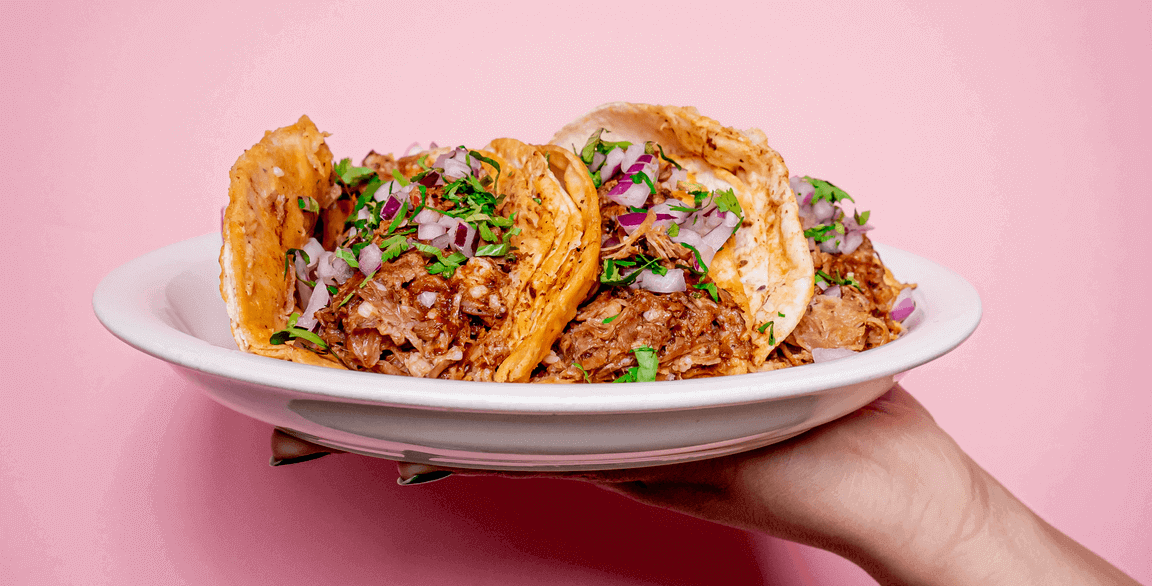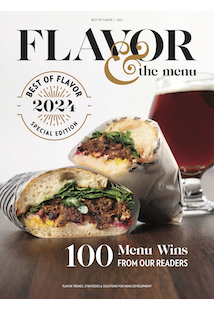

We have entered an era of opportunity to build our menus on what we can consistently execute; we need to focus on the menu stars that guests love. We don’t have to be everything to everyone.
KATHY CASEY
Stay nimble, curious and, most importantly, creative and flexible. Instead of getting bogged down by current constraints, consider these guardrails for innovation. Typically the most exciting innovations, new menu directions or items come from new ways of thinking about food and beverage. Menu developers should untether themselves from having to always have certain items on the menu. Take each day as a challenge to push the boundaries of menu convention—substitute proteins, change up flavors, swap in what’s available and keep creating new and delicious ways to engage consumers.
LIZ MOSKOW
We can’t take anything for granted, especially our workforce and supply chain. Building resiliency in both will surely shape the future of foodservice and hospitality.
TJ DELLE DONNE
With the highly visual era we live in, beverage presentation is seeing new approaches, from color-changing ombré effects and layers of vibrant, fresh fruit colors like dragon fruit to popping boba and fluffy-savory foams. Along with visual- and sensory-driven innovations, alternative beverage service approaches are making inroads, such as the wide variety of beverages on draft, along with sparkling and nitro drink options, especially for coffees and teas. These can offer fun riffs, while helping with execution and speed of service.
TONY PEREYRA
Think about how plant-based and plant-forward eating are continuing to evolve. Plant-based meat and seafood analogues are great and may be a stepping stone to broader adoption of vegetables and healthier eating using whole foods. Even plant-forward menu items that don’t eliminate meat will continue to be a growth opportunity.
JEFF MILLER
Use of further-processed specialty ingredients is a simple strategy that can help operators save labor and boost flavor on their menu. For example, precooked grains and pulses can easily be added to dishes to boost nutritional value, deliver texture and color, and provide a foundation for a greater plant-based palette of ingredients to work with on a menu.
CHARLIE BAGGS
Guests crave both comfort and new flavors, giving us the opportunity to push the boundaries in how we define comfort and how we provide hospitality in this new age of dining. The bar has been raised for quality in delivered food and continued innovation in packaging, recipes and experiential opportunities.
JESSICA FOUST
The menu is an operation’s daily voice, first flavor impression and guest connection. No matter the circumstances, innovation must continue—touching existing menus, as well as feeding a perpetual pipeline of culinary excellence. Even in small increments, a disciplined innovation process keeps an operation relevant.
ROB CORLISS
Nothing is off the table for menu ideation, and flavor integration remains key. But the trend will be looking to offer low-cost menu items that deliver high-cost appeal. Consumers will still want to indulge, but they are more aware of prices.
JASON HERNANDEZ







